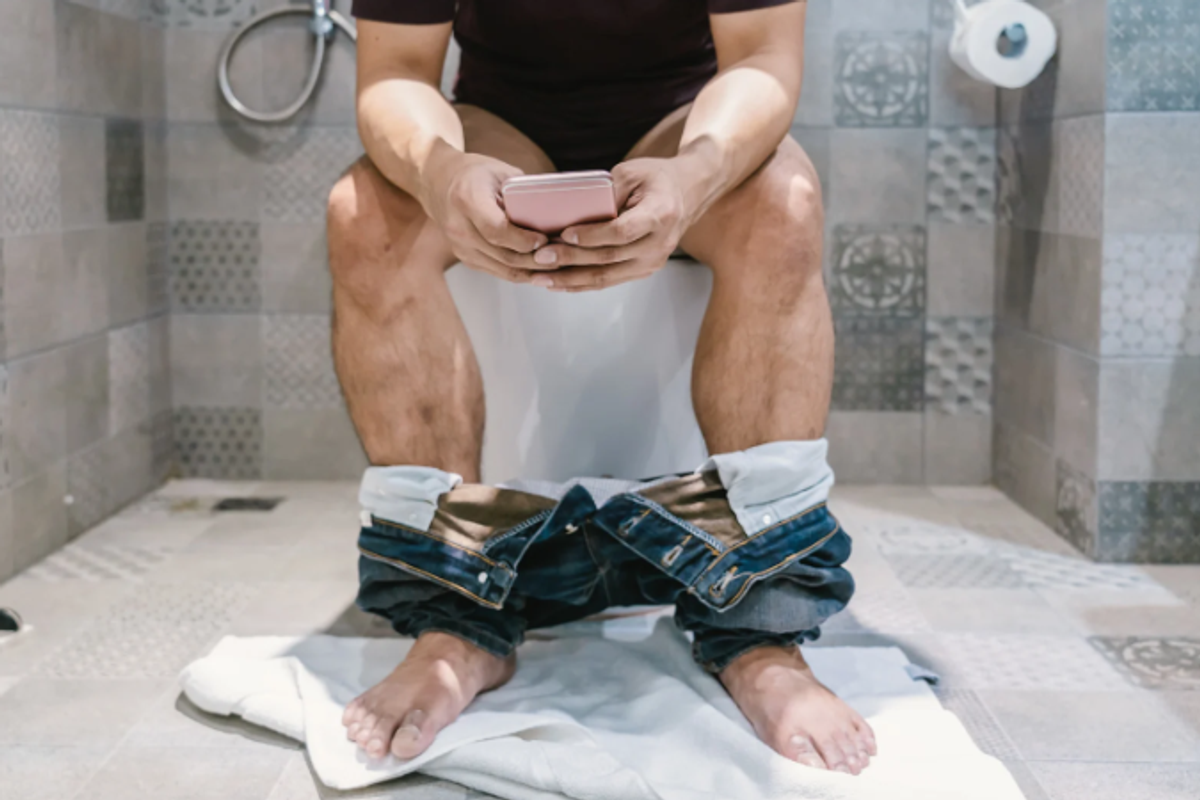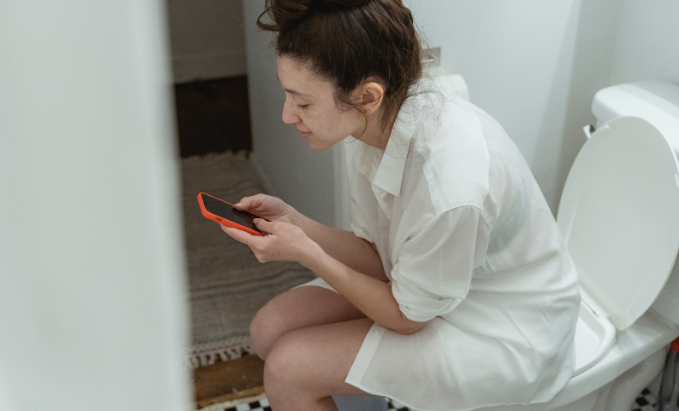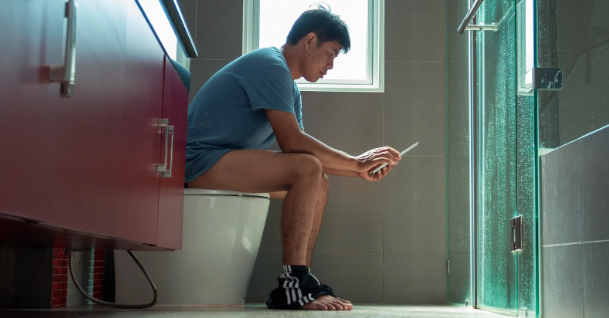
Abortion rates in the United States just reached a record low, dropping below a million per year for the first time since Roe v. Wade.
That information comes from a new study by the Guttmacher Institute, a research and policy organization committed to sexual and reproductive health. It's fair to say a hallmark reduction in any medical procedure is generally a good thing.
While the majority of Americans do support a woman’s right to choose, the topic of abortion remains contentious — which makes it even more monumental that both pro-choice and anti-abortion groups alike are celebrating this news.
There are a lot of other important revelations in the Guttmacher’s massive data-crunch too. Even if you’re not particularly impassioned about the abortion debate, the study proves the importance of looking at the bigger picture.
Probably the only time where this bipartisan photo is appropriate.
According to the researchers, "No strong evidence exists that restrictions [against abortion] were the main factor behind the decline in abortion."
The study found that some states, particularly in the Northeast, were actually more successful at reducing the abortion rate by opening additional clinics and making abortions easier to get overall. But there were some situations, like in Texas, where forcing women to endure humiliating and convoluted processes and procedures did appear to translate to a sharp decline in the abortion rate. Targeted Regulation of Abortion Providers (TRAP) laws weren't as successful in other states, such as North Carolina and Mississippi, and even led to slight increases in abortions, according to Guttmacher.
That's why big studies like these are so important: Instead of drawing their conclusions from a few highly specific circumstances, they allow us to zoom out and see the bigger picture, with all the different factors involved across state lines. In this case, it became clear there’s just no way to conclude whether abortion restrictions actually accomplish anything other than making people’s lives more difficult.
Restricting abortion access also has the potential to put more lives at risk when women seek alternatives, and that’s definitely not a good thing.
Abortion access is notably hardest to come by in southern and Midwestern states — they tend to have more legal hoops for women to jump through as well as restrictions on facilities. While the official data is scarce, reports from Reuters, The Atlantic, and The New York Times suggest that limitations like these have led to an increase in do-it-yourself abortions. And according to the Guttmacher study, medical facilities in southern and Midwestern states were also more likely on average to treat people who had already tried to self-induce an abortion.
Less than a decade before Roe v. Wade, illegal abortion procedures reportedly accounted for 17% of maternal deaths, though the amount of unreported cases could have made that number even higher. As of 2013, just 1 in 5 pregnancies end in abortion — but the vast majority of those women remain alive to tell about it, thanks to medical advancements and safer, legalized procedures.
Abortions are down. But birth rates aren't up. And there are also fewer women dealing with unintended pregnancies. Maybe that's the trick.
As Rachel Jones, the lead author of the study, told NPR, "We think the story that's going on in a lot of situations, in a lot of states, is that fewer women are having unintended pregnancies and in turn fewer abortions, and that is actually a good story."
The study specifically cites the state of Iowa, which had one of the sharpest declines in abortions in the country. While several abortion clinics in the state were shuttered in recent years, they also expanded access to long-acting reversible contraceptives and birth control, with targeted outreach to people in poor and low-income communities, who are much more likely to have unintended pregnancy or an abortion, particularly when they already have children. Not only does it relieve them of that potential burden, it also saves money for everyone in the long run.
Iowa's not alone, either. According to the Guttmacher study, the use of IUDs and similar contraceptives is up more than 36% among all women since 2009, and 48% among women at government-supported programs or clinics. Meanwhile, teen pregnancy rates across the country have dropped by 25% in recent years too — and credit is given to contraception availability, not abstinence-only education.
Women’s health care is an intersectional problem, an economic problem, and above all, something women should have more power over.
There's lots of nuance in the Guttmacher study and the topic of abortion in general. And while there's still more research needed, it's hard to deny that more choice and more control for women is a better thing for everyone.
I don’t have a uterus. I don’t know what it’s like. I’ve never been and will never be pregnant. But I trust that women can make better choices about their own bodies, particularly when they’re empowered and informed.
If you want to see fewer abortions, then you need to support the organizations that are already providing and fighting for reproductive health care. That’s the only way to guarantee people’s right to life.
- Yes, Ted Cruz, pregnancy can be a life-threatening condition. Especially in America. - Upworthy ›
- Pete Buttigieg gave the best possible answer to Fox News' 'late-term abortion' questions - Upworthy ›
- A mother's heartbreaking story highlights the challenge of defining 'late-term abortion' - Upworthy ›
- Pro-life pastor's post argues that an unrepentantly sinful leader is deadlier than abortion - Upworthy ›
- What it really means to be six weeks pregnant - Upworthy ›



 In a 4-day model, kids often (but not always) receive less instructional time. Photo by
In a 4-day model, kids often (but not always) receive less instructional time. Photo by 


 A woman looking at her phone on the toilet.via
A woman looking at her phone on the toilet.via  A man looking at his phone on the toilet.via
A man looking at his phone on the toilet.via 